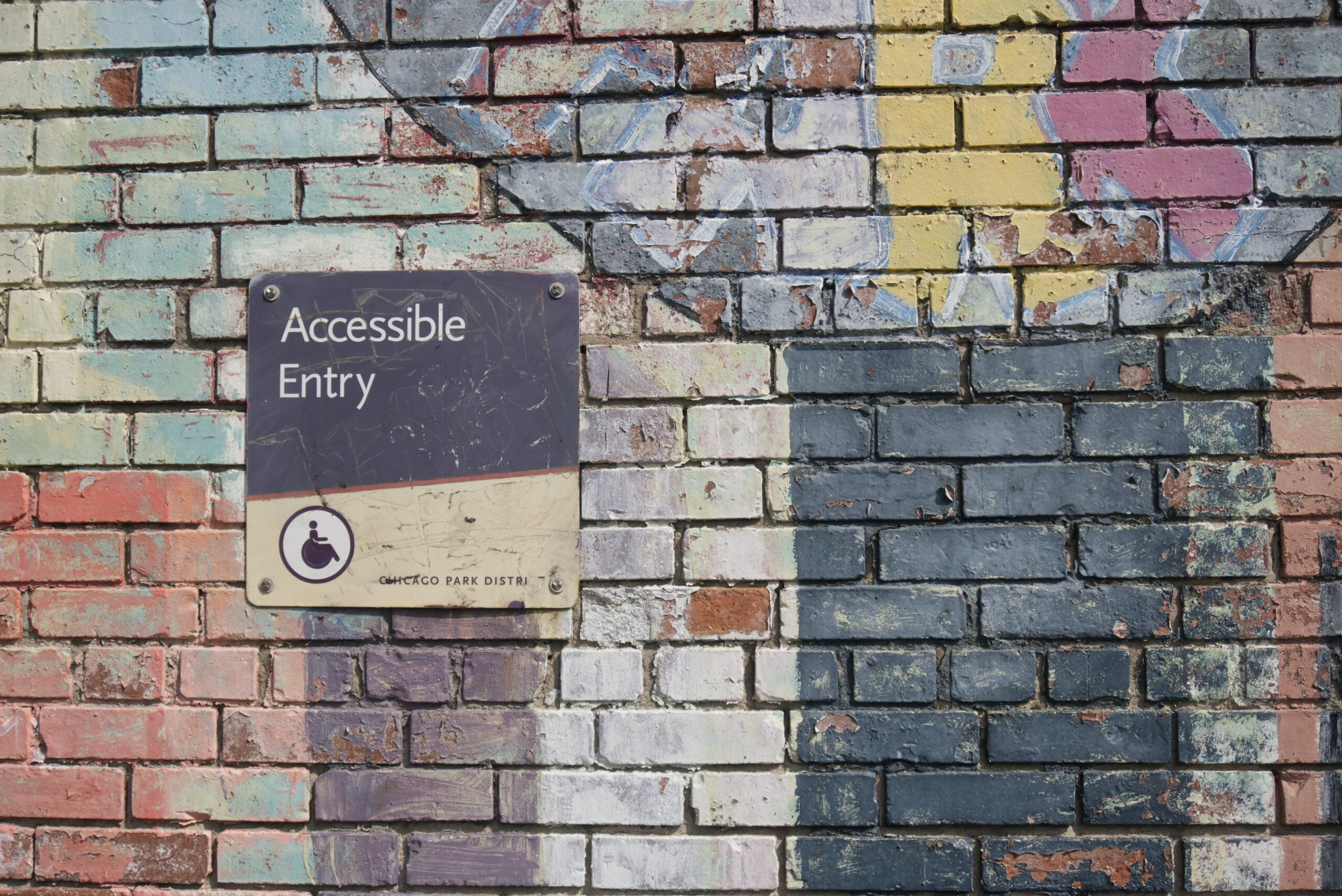In today’s digital age, creating a website that’s accessible to all users isn’t merely a commendable practice—it’s often a legal obligation. Web accessibility is about ensuring that everyone, regardless of their abilities or disabilities, can access, understand, and interact with the content on your site. In this comprehensive guide, we’ll delve into the world of web accessibility, shedding light on its significance, the legal requirements, and practical steps you can take to make your website a welcoming space for everyone.
What Is Web Accessibility?
Web accessibility, often abbreviated as “a11y” (where “11” represents the number of letters between ‘a’ and ‘y’), is the practice of designing and developing websites in a way that ensures they are usable by all people, regardless of their abilities or disabilities. This includes but is not limited to individuals with visual, auditory, cognitive, motor, or other impairments. You can read more about the project at https://www.a11yproject.com/

Why Web Accessibility Matters
Web accessibility matters for a plethora of reasons. It extends inclusivity, ensuring that your website’s content is available to everyone, which not only adheres to ethical principles but also broadens your business’ reach. Moreover, it enhances user experience and can even improve your site’s search engine rankings. Accessibility isn’t just about compliance; it’s about creating a more user-friendly and universally appealing online environment.
The Legal Framework
The legal landscape governing web accessibility is multifaceted, and it’s essential to grasp the requirements specific to your region. In the United States, the Americans with Disabilities Act (ADA) plays a pivotal role in shaping the accessibility standards for businesses and organizations. Under the ADA, Title III specifically mandates that places of public accommodation, including websites, must be accessible to individuals with disabilities.
The ADA doesn’t offer specific technical guidelines but instead points to the Web Content Accessibility Guidelines (WCAG) as a recognized standard for web accessibility. While it doesn’t spell out the precise measures required, the ADA places the onus on businesses to ensure their digital properties are usable by people with disabilities. This encompasses a wide range of considerations, such as providing alternative text for images, ensuring keyboard navigation, and maintaining compatibility with screen readers.
Common Web Accessibility Barriers
To create an accessible website, it’s crucial to understand the common barriers that users with disabilities face. These can include issues like small or unreadable text, missing alternative text for images, improper use of color, non-semantic HTML, and insufficient keyboard navigation options. Recognizing these barriers is the first step toward addressing them.
Making Your Website More Accessible: Practical Steps to Inclusivity
- 1. Provide Alternative Text for Images:
- For users with visual impairments, providing descriptive alternative text for images is crucial. This ensures that screen readers can convey the content and context of images, making your site more informative and navigable.
- 2. Use Semantic HTML:
- Structuring your content with semantic HTML elements, such as headings (h1, h2, etc.), lists, and semantic tags (like <nav> and <article>), helps screen readers and search engines understand your content. It also improves the overall user experience.
- 3. Improve Keyboard Navigation:
- Many individuals with disabilities rely on keyboard navigation. Ensure that all interactive elements on your website, such as links and forms, are accessible and operable using only the keyboard. Implement focus styles to make it clear which element is currently active.
- 4. Make Videos and Multimedia Accessible:
- For video content, provide closed captions or transcripts for those who are deaf or hard of hearing. Ensure that video players have accessible controls and that multimedia content can be paused, stopped, or adjusted using a keyboard.
- 5. Implement ARIA Landmarks:
- ARIA (Accessible Rich Internet Applications) landmarks help screen reader users navigate your site more easily. Use ARIA landmarks to define the main regions of your web page, such as the header, main content, navigation, and footer.
- 6. Test for Accessibility:
- Regularly test your website using accessibility evaluation tools and consider user testing with individuals with disabilities. Tools like WAVE, Axe, or browser extensions can help you identify and address accessibility issues.
- 7. Choose Accessible Color Schemes:
- Ensure that text has sufficient contrast against its background to make content readable for users with low vision. Check color combinations to meet contrast ratios recommended by accessibility standards.
- 8. Create Clear and Descriptive Links:
- Write link text that’s concise, descriptive, and meaningful. Avoid generic terms like “click here” and provide context within the link text itself.
As we embark on this journey into the realm of web accessibility, we invite you to explore the various facets of this critical topic. By the end of this guide, you’ll have a comprehensive understanding of web accessibility, the steps you can take to ensure your website’s inclusivity, and the benefits of creating a more accessible digital space. It’s time to make your online presence a welcoming environment for all.
Does your website need an update to ensure it’s fulfilling accessibility standards? Contact me today! I’d love to open your website up to everyone.


Leave a Reply